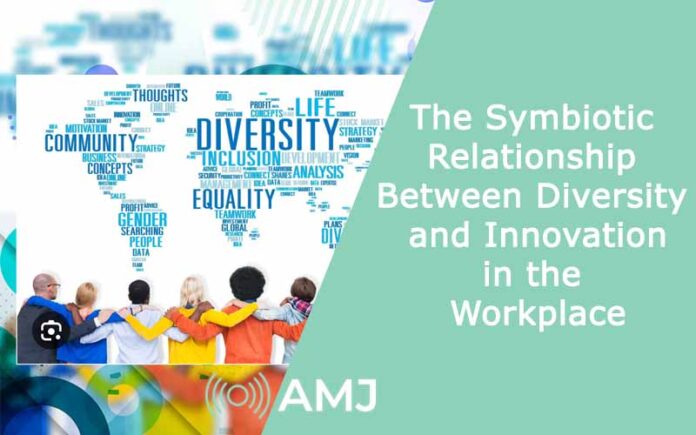Contents
Table of Contents:
- Key Takeaways
- Introducing Diversity and Innovation
- The Essence of a Diverse Workplace
- Benefits of Embracing Diversity
- The Role of Inclusion in a Diverse Environment
- Strategies for Fostering Diversity and Innovation
- Challenges and Considerations
- The Impact of Technology on Diversity and Innovation
- Conclusion: Building Bridges With Diversity
Key Takeaways:
- Diversity in the workplace goes beyond demographics, encompassing a variety of perspectives and experiences.
- A diverse workforce can drive innovation, leading to better decision-making and problem-solving.
- Implementing diversity initiatives requires a strategic approach, ensuring that inclusion is a practiced value.
Diversity and innovation are two powerful forces that, when effectively aligned, can significantly enhance an organization’s performance and creativity. A diverse workplace is the bedrock upon which innovative ideas flourish. However, having a diverse workforce is not enough; what matters is how the diverse elements are integrated and leveraged within the company culture to produce novel solutions and approaches.
The Essence of a Diverse Workplace
At its core, a diverse workplace is an inclusive environment that appreciates the uniqueness of every individual. Diversity extends beyond observable traits such as ethnicity and gender to include the less visible aspects such as socio-economic status, sexual orientation, religious beliefs, and neurological diversity. The convergence of these dimensions within the workplace can be a powerful catalyst for innovation and growth.
Benefits of Embracing Diversity
Embracing diversity within the workplace offers a wide range of benefits. According to extensive research, including a pivotal study that commits to diverse leadership, they are more likely to excel financially. Diversity brings different perspectives to problem-solving, enabling teams to find innovative solutions that might only emerge from a group of people. Moreover, a diverse workforce can better reflect and understand the needs of a diverse customer base, thus enhancing customer connection and satisfaction.
The Role of Inclusion in a Diverse Environment
Inclusion is the critical element that genuinely allows a diverse workforce to thrive. It’s the practice of creating an environment where differences are celebrated and everyone feels they have an equal opportunity to contribute and succeed. Inclusive workplaces encourage participation, empower individuals, and eliminate barriers that prevent full participation. Fostering an inclusive culture ensures that all voices are heard and valued, which is essential for fueling innovation.
Strategies for Fostering Diversity and Innovation
Building a diverse and innovative environment requires deliberate strategies and actions. It starts with leadership commitment and extends to all organizational processes, from recruitment to team-building to leadership development. Strategies like mentorship programs, diversity training, and accountability metrics can encourage inclusivity. Additionally, tapping into diverse talent pools and fostering workplace flexibility can be transformational in achieving a competitive edge through innovation.
Challenges and Considerations
While the road to a genuinely diverse and inclusive workplace is challenging, the potential rewards justify the effort. Resistance to change, unconscious biases, and institutional barriers can impede progress. Addressing these challenges requires courageous conversations, comprehensive education, and a commitment to change. Organizations must also pay close attention to avoiding tokenism and ensuring that diversity initiatives are not mere lip service but integrated into the company’s DNA.
The Impact of Technology on Diversity and Innovation
Technology has the potential to enhance diversity and innovation within the workplace significantly. Tools and platforms that support remote work and global collaboration can bring together individuals from various backgrounds, fostering a melting pot of ideas. Data analytics can assist in identifying diversity gaps and measuring the impact of diversity initiatives, paving the way for more informed decision-making.
Conclusion: Building Bridges With Diversity
Building bridges through diversity ultimately leads to a resilient, adaptive, and innovative organization. As businesses navigate the complexities of the global market, those who embrace and effectively manage workplace diversity will likely enjoy a sustainable competitive advantage. The relationship between diversity and innovation is not merely additive but multiplicative, cultivating an environment where the whole is greater than the sum of its parts.












![Index of Money Heist [Season 1, 2, 3 & 4 – All Episodes, Cast and Plot] Index of Money Heist](https://www.asiamediajournal.com/wp-content/uploads/2021/05/Index-of-Money-Heist-3-100x70.jpg)